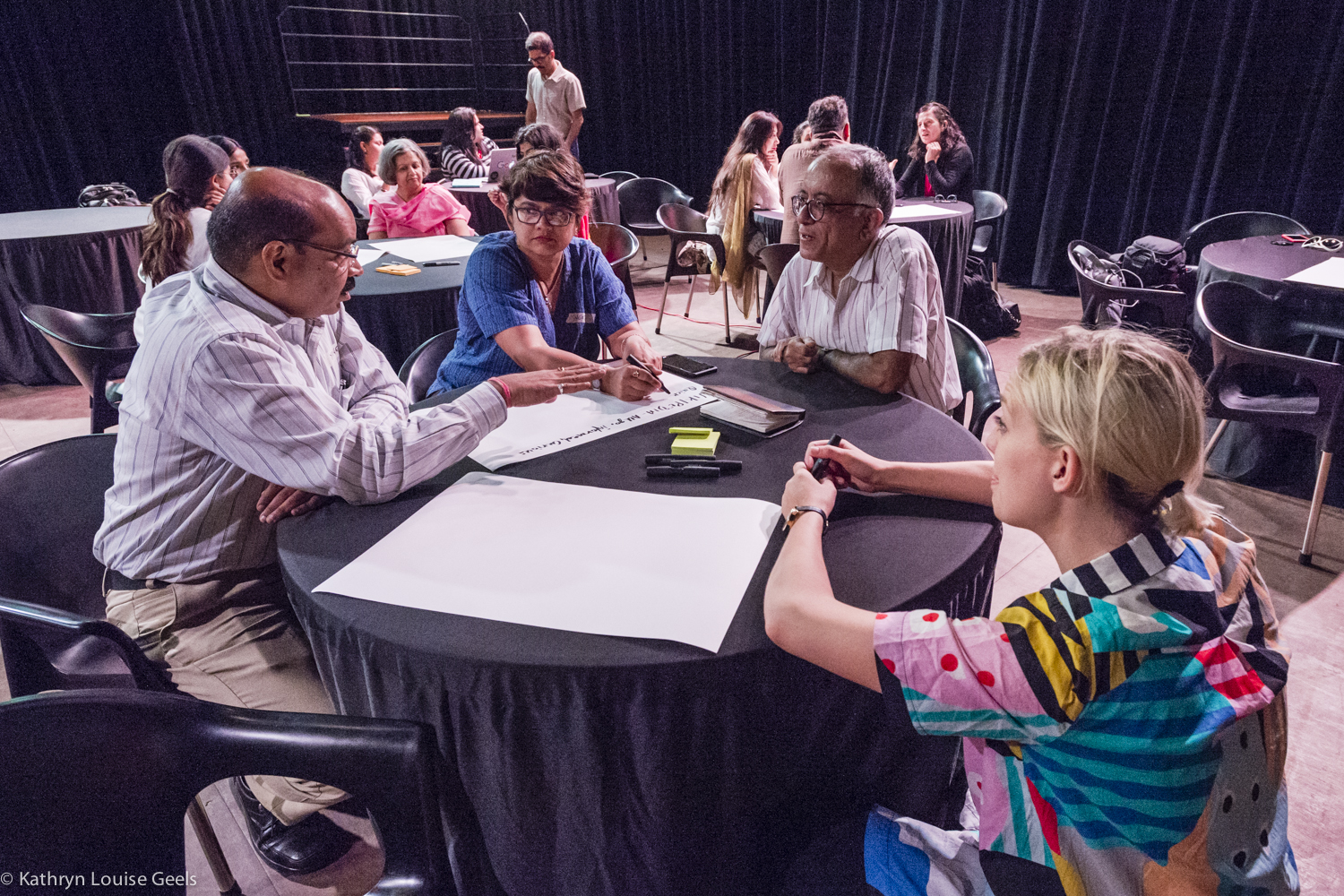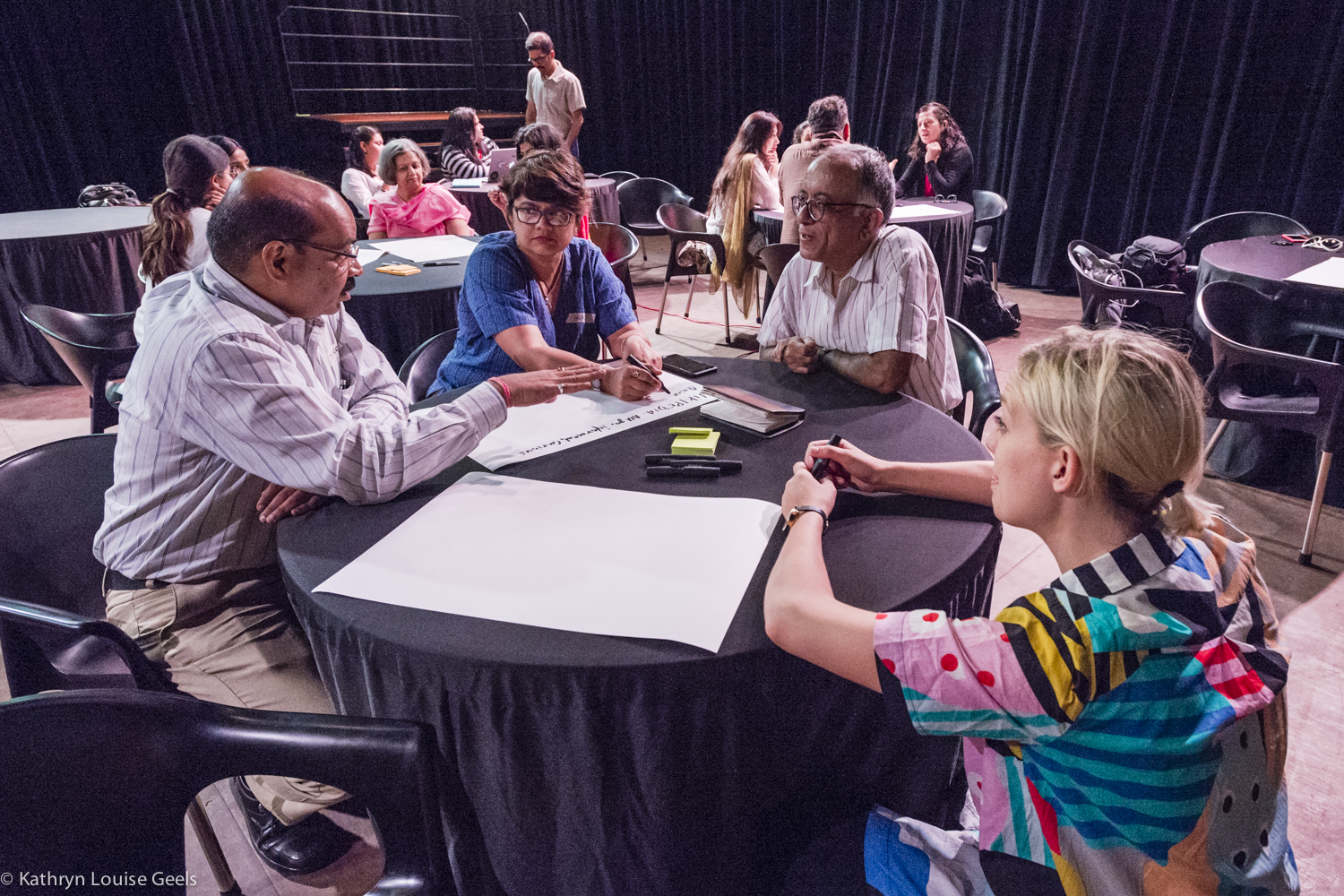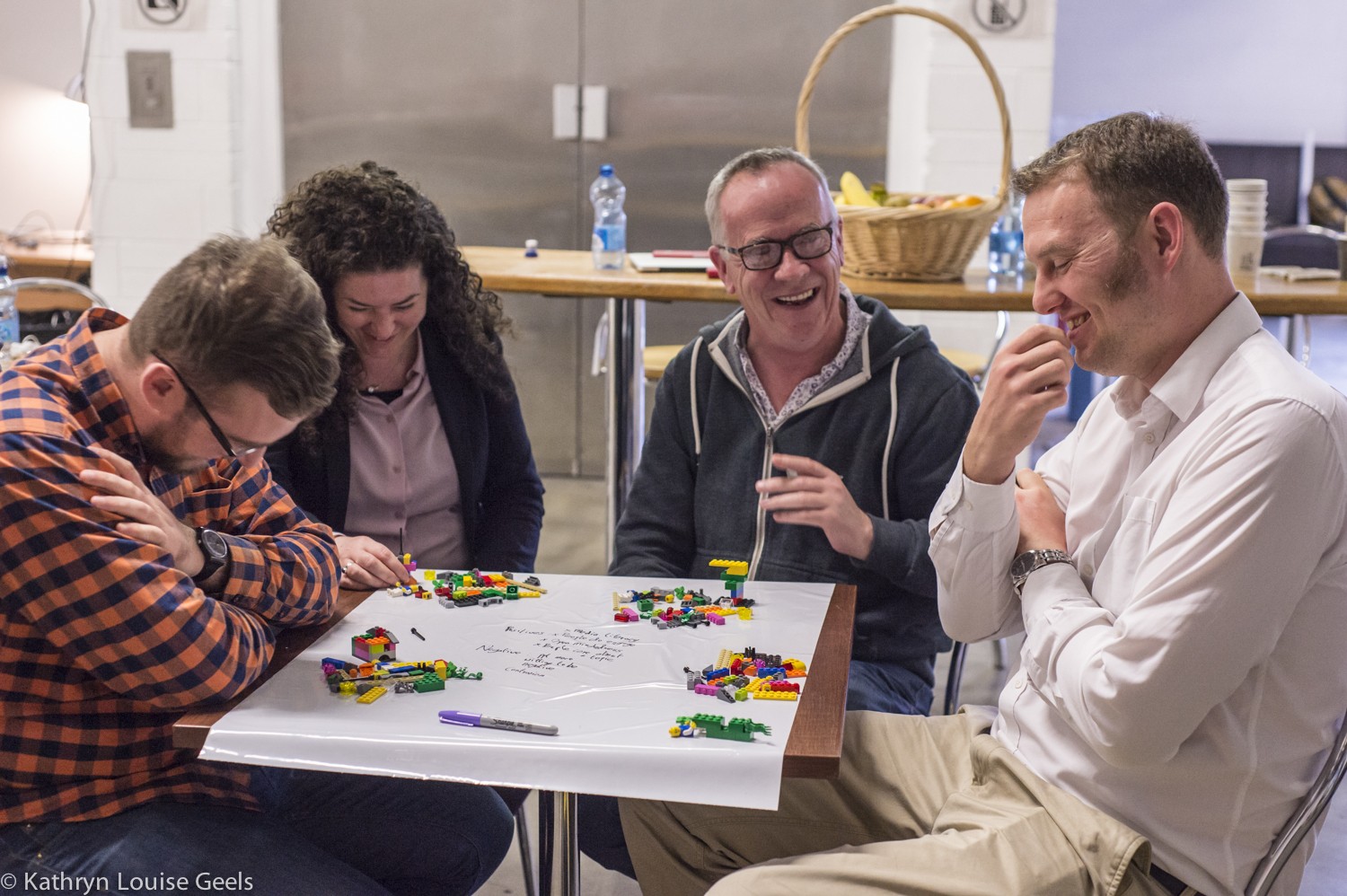Building Sustainable Newsrooms: Key Insights from Kathryn Geels, Head of the Engaged Journalism Accelerator

It’s no secret that the journalism industry today faces a whole host of challenges. Print is in decline, jobs are at risk, and ‘fake news’ has become common parlance in newsrooms and public life. Perhaps the most pressing problem journalism faces, however, is a crisis of trust in news media. Just last year the Edelman Trust Barometer found public trust in media to be at an all-time low, with the internet now favoured as more trustworthy than traditional media.
So what’s the solution? For Kathyrn Geels, director of the Engaged Journalism Accelerator, engaged journalism could be the key. It’s a concept, she says, that involves ‘empower[ing] communities and their conversations, by putting community engagement (geographical or topical) at the centre of a news organisation’s ownership, reporting, distribution, impact and revenue’.
The Accelerator is a new initiative from the European Journalism Centre, and will award €600k in grants to 10 - 15 European organisations practicing “engaged journalism”, to support new revenue and sustainability. The ‘engaged journalism’ part, Geels told us, ‘matters because it restores trust in news media, provides citizens with the information they need, develops new resilient revenue models, and enhances plurality and diversity in a crucial part of society’s information ecosystem’. We caught up with her recently to find out more about engaged journalism, the programme and how newsrooms might stay ahead of the curve in the future.

Working with newsrooms around the globe
Where did the idea for the Engaged Journalism Accelerator first spring from?
In 2017 into early 2018, EJC director Adam Thomas and strategy/change consultant and coach Lucia Adams worked together to carry out evidence gathering with 35 journalism pioneers from 13 countries. This was to capture lessons from news organisations that are innovating and, in turn, establish the 10 guiding principles for the Accelerator.
In November 2017, the News Integrity Initiative (NII) announced their partnership with the EJC (and separately with Internews) to ‘support community-focused journalism around the globe’, learn from our extensive networks, and share ideas and examples of innovation.
In spring 2018, Adam and Lucia used intelligence gathered from the interviews with journalism pioneers to decide on what types of news organisations will be the target audience for grant funding. With ‘early adopters’ being decided: a new wave of news organisation that are emerging in almost every country in Europe that have proven loyalty and engagement with their communities. The Accelerator, together with the partnership with Civil to further support grantees, were officially announced at the European Journalism Festival in Perugia in April. (Organisations looking to apply for funding can find further information by following this link).
In your opinion, what are the biggest challenges facing those organisations who will be seeking this grant?
The target audience for grant-funding is the ‘early adopters’. They face similar challenges as other news organisations in Europe and beyond. These key challenges being:
-
Media: Day-to-day over-saturation of news and information is increasingly prominent, consequently leading to audiences' passive consumption and desensitisation of news. In addition, media independence and the adoption of media, as much as the relationship between news organisations and audiences, is hindered by complicated relationships with dominant technology platforms. These challenges are compounded by fundamentally broken revenue models, emphasis on quantity over quality of content, and behaviours of audiences driven by access to and advancement of digital technology.
-
Innovation: Across Europe, innovation in journalism is fragmented, under-funded and generally focused on technology innovation and new forms of content distribution. Support for news organisations focused on cultural change, or developing new models for community engagement, content production and revenue models is limited. And where it does exist, it is not linked to long-term sustainability and resilience of news organisations, or wider cultural or social impact. Nor does it come with enough support or structures for ongoing training, coaching or development within news organisations.
-
Trust: Public trust in journalism is at a low ebb across Europe. There is lack of diversity in news organisations and under representation, or lack of positive representation, of voices within the communities they serve. Bias, hidden agendas and a decline in quality of information, together with the increased spread of misinformation online more widely, is also more perceptible by audiences than ever before. These challenges are compounded by a lack of opportunities for journalists to connect with the people they serve, and to learn, share knowledge and experiences with each other, and develop as professionals.
In some ways, the challenges for engaged journalism organisations are compounded by the very nature of their early adoption of new approaches, processes and innovation. There are few if any early adopter organisations that have proven sustainable, or more so ‘resilient’, business models and, on the whole, they have very limited options for support from donors and funds.
These emerging organisations also have a lack of time, skills and resources (financial as well as human), there is a lack of relatable examples, case studies and role models that these organisations can learn from, so they don’t have to invest time and resources in reinventing the wheel, and experimenting with different revenue streams and business models can be risky.

Working with newsrooms around the globe
What innovative solutions to these challenges have you already been seeing in news organisations?
On the flipside of what I mentioned above, engaged journalism organisations are able to buck the trends of distrust and decline, because they are already innovating with aspects that we believe are fundamental to the long-term resilience of journalism and to helping the wider industry - and communities - overcome core challenges. These aspects include culture change within a news organisation, collaborative business models, community engagement or participation, diversity, equality and inclusion both within a news organisation and with an audience/community, and social impact.
Specific examples of engaged journalism organisations creating innovative solutions include Bureau Local in the UK, the Star & Crescent in the UK, Eldiario in Spain and Solomon in Greece.
At Sourcefabric, we create open-source tools to help news organisations stay ahead of the curve when it comes to new innovations in technology. What role do you think open source has to play in the future of news organisations?
A key benefit of open-source tools and approaches within journalism is that transparency and inclusive collaboration are key to making new innovations work for both news organisations and the collaborators – in the case of engaged journalism, the community. As engaged news organisations are working directly with their community to create positive change, empower conversations, enhance civic action and hold authority to account, developing and exploiting open-source tools that are accessible, democratic, privacy - and personal data - aware and even rewards based, can play a beneficial role in restoring and maintaining the quality of, and diversity, representation and trust in journalism. The D-CENT project, which came to an end in May 2016, is one that showcased some particularly interesting examples that could be adopted by news organisations.
What impact do you hope the Engaged Journalism Accelerator will have on the news organisations taking part?
Our mission is to accelerate the skills, people, ideas and knowledge transfer of news organisations in order to help create positive, more resilient and more impactful relationships between them and the communities they serve. Our vision is to inspire and enable all news organisations across Europe to empower communities and their conversations, and create long-term solutions that can positively impact journalism and society.
We have three core objectives for the programme – to support, connect and inspire.
